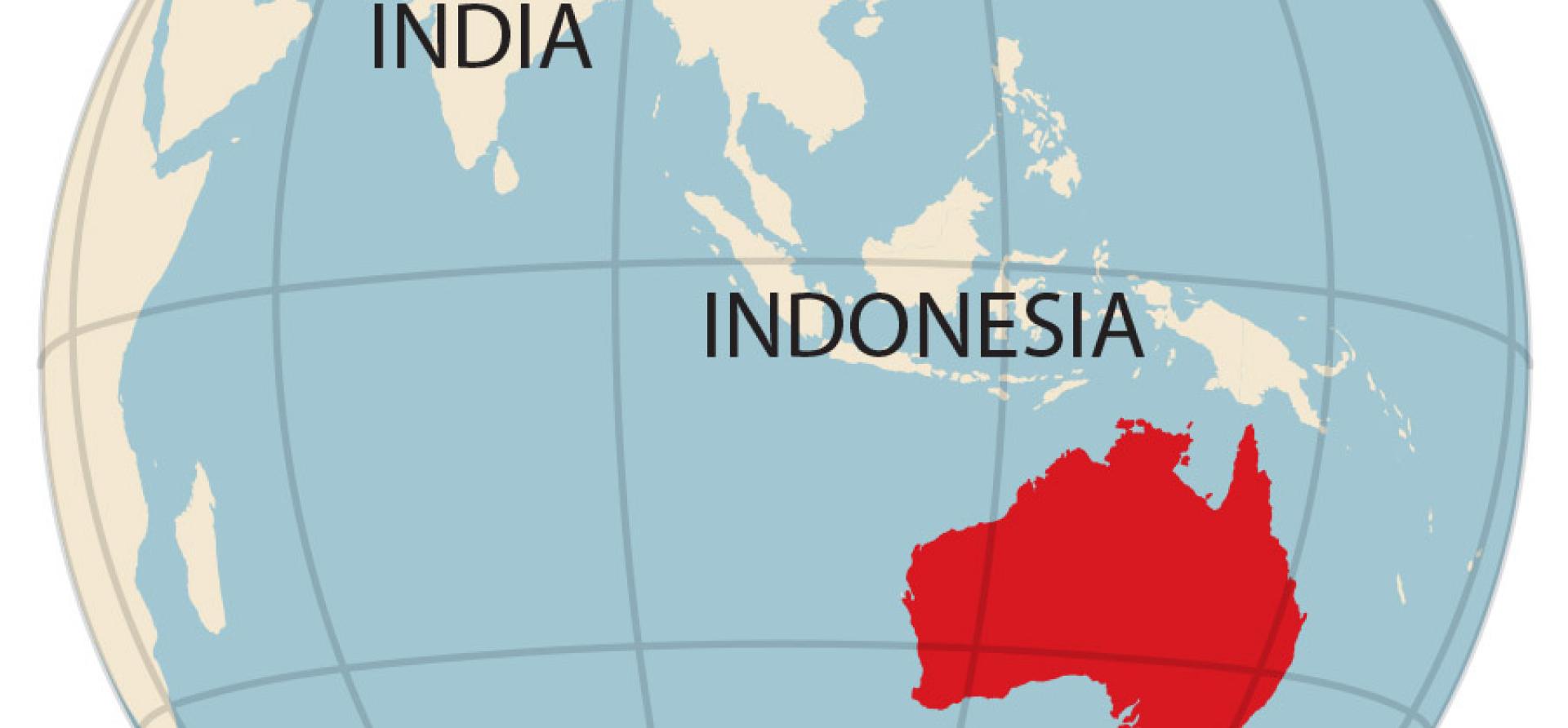Australia: Federal Budget climate spending decreasing, and spending on high emitting energy projects increasing

31 March 2022 (IEEFA Australia): Despite the Federal Government saying it’s committing funding to energy and emissions reduction measures in the 2022-23 Budget, the spending on climate is reducing over the next four years, and spending on LNG, gas, carbon capture and storage, and ‘clean’ but not necessarily ‘green’ hydrogen has increased.
Spending on LNG, gas, CCS and ‘clean’ but not necessarily ‘green’ hydrogen has increased
The Government has committed $1.3 billion to energy and emissions reductions measures in the Budget.
Bruce Robertson, LNG/gas analyst with the Institute for Energy Economics and Financial Analysis (IEEFA) says putting these two categories together is problematic as a lot of the spending is going to high emitting energy projects.
“This funding allocation shows a strong focus on gas, carbon capture and storage (CCS), carbon capture utilisation and storage (CCUS), and hydrogen, all of which add to Australia’s and global emissions, not reduces them.
“While important centres in Queensland and New South Wales are suffering flooding for the second time in a month, and it’s just over a year since the east coast of Australia was affected by extreme bushfires, the government is putting money into the very energy projects that globally have been recognised as increasing climate damaging emissions.”
“The government proposes to heavily subsidise the production of blue hydrogen in the Pilbara and Darwin. Blue Hydrogen is produced from natural gas with Carbon Capture and Storage (CCS).
This is far from reducing emissions
“This is far from reducing emissions. Blue hydrogen produces more greenhouse gases than just burning the gas according to Stanford and Cornell University scientists.
“The Carbon Capture Utilisation and Storage (CCUS) proposed in the Pilbara involves pumping carbon dioxide into depleted oil and gas wells to produce more oil and gas. Hence yet more emissions.”
The energy and emissions reduction measures in the Budget 2022 include:
- $300 million to support LNG and clean hydrogen production in Darwin, along with carbon capture and storage (CCS)
- $200 million to increase onshore processing and value-add of iron ore exports, to support low-emissions steel production
- $200 million to new low emissions manufacturing facilities in the Pilbara (using hydrogen, and derivates such as ammonia, along with carbon capture, utilisation and storage (CCUS)
- $100 million to create firm generation and grid infrastructure in the Pilbara
- $100 million to support pre-Final Investment Decision activities and early works to make the Port of Newcastle “hydrogen ready”
- $247 million over five years from 2021-22 to support investment in low emissions technologies including hydrogen, development of a hydrogen Guarantee of Origin scheme, and the development of a Biodiversity Stewardship Trading Platform
- $50 million over two years to accelerate the development of priority gas infrastructure projects and support investment in CCS pipeline infrastructure
- $147 million over five years from 2022-23 to support investment in affordable and reliable power, including the development of 60 community microgrid projects in regional and rural Australia.
Climate spending in the budget is dropping from $2 billion in 2021-22 and 2022-23, to $1.9 billion in 2023-24, $1.5 billion in 2024-25 and $1.3 billion in 2025-26. Climate spending represents only 0.3% of overall spending from 2021-22 to 2023-24, then drops to 0.2% of spending in 2024-25 and 2025-26.
Climate spending represents only 0.3% of overall spending from 2021-22 to 2023-24
Johanna Bowyer, IEEFA’s electricity analyst, says the climate spending category in the Budget includes payments to the Clean Energy Finance Corporation (CEFC), Australian Renewable Energy Agency (ARENA) and the Clean Energy Regulator (CER).
“So, this reduction means that payments to these entities decline over time.”
The Clean Energy Regulator administers the Emissions Reduction Fund (ERF) and has recently announced that fixed delivery contract holders of carbon credits can exit their government contracts and sell into the more lucrative voluntary private market if they wish.
Voluntary buyers such as big corporates going to “net zero” can buy these certificates and surrender them, to meet their own targets, instead of the government buying and surrendering them.
“Many of the suppliers of carbon credits will be better off as they can receive higher payments for their abatement in the private market than previously expected from the government,” says Bowyer.
“The government will therefore be reducing its payments to the Clean Energy Regulator for emissions reductions due to this change. The government will also receive revenue from the fee that these contract holders must pay to exit their contracts.
If voluntary emission reductions are not counted, this move then puts the government emissions reduction forecast at risk
“However, if voluntary emission reductions are not counted towards meeting the government emissions reduction forecast of 35% as they are additional “voluntary” actions (this appears to be the case), this move then puts the government emissions reduction forecast at risk.”
“If the government had to buy back abatement to make up for the forgone contracts, it would be at a high cost.”
The Budget papers say that the financial implications of the ERF change are commercially sensitive and therefore not for publication.
However, the Budget also states that “policy decisions” since MYEFO will increase non-taxation receipts by $500 million in 2022-23, and by $2 billion over the four years to 2025-26. The budget indicates that these figures include the proceeds from the Clean Energy Regulator decision to allow fixed delivery contract holders to exit their contracts, so gives some guidance as to the benefits the government expects to receive due to this decision.
Media contact: Kate Finlayson ([email protected]) +61 418 254 237
Author contact: Bruce Robertson ([email protected]) and Johanna Bowyer ([email protected])
About IEEFA: The Institute for Energy Economics and Financial Analysis (IEEFA) examines issues related to energy markets, trends, and policies. The Institute’s mission is to accelerate the transition to a diverse, sustainable and profitable energy economy.
















